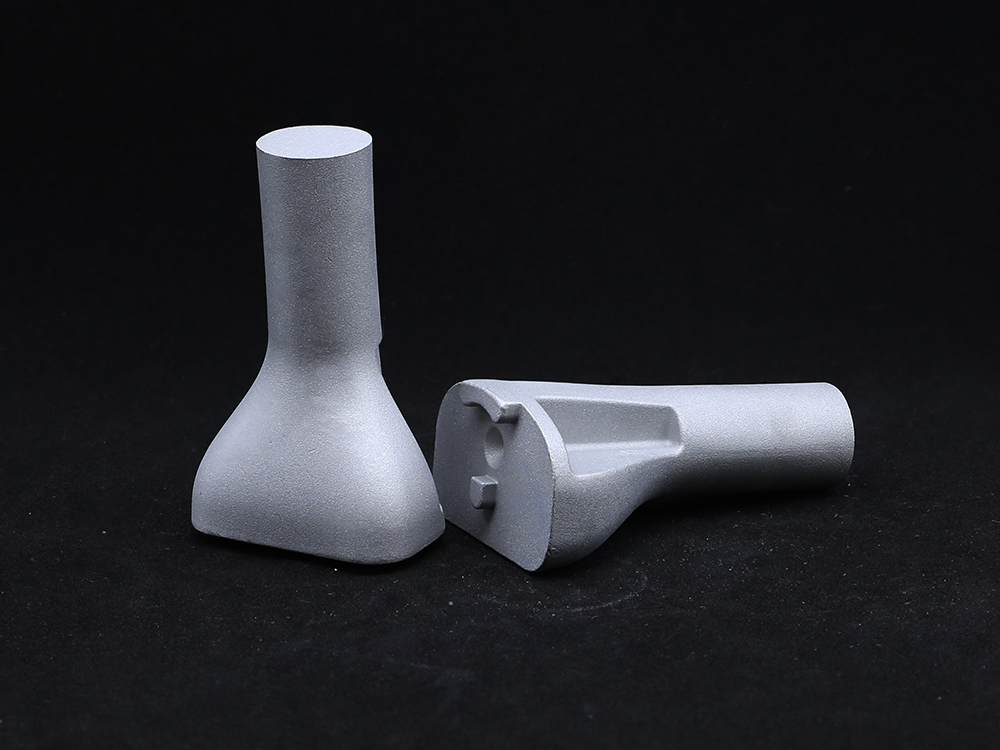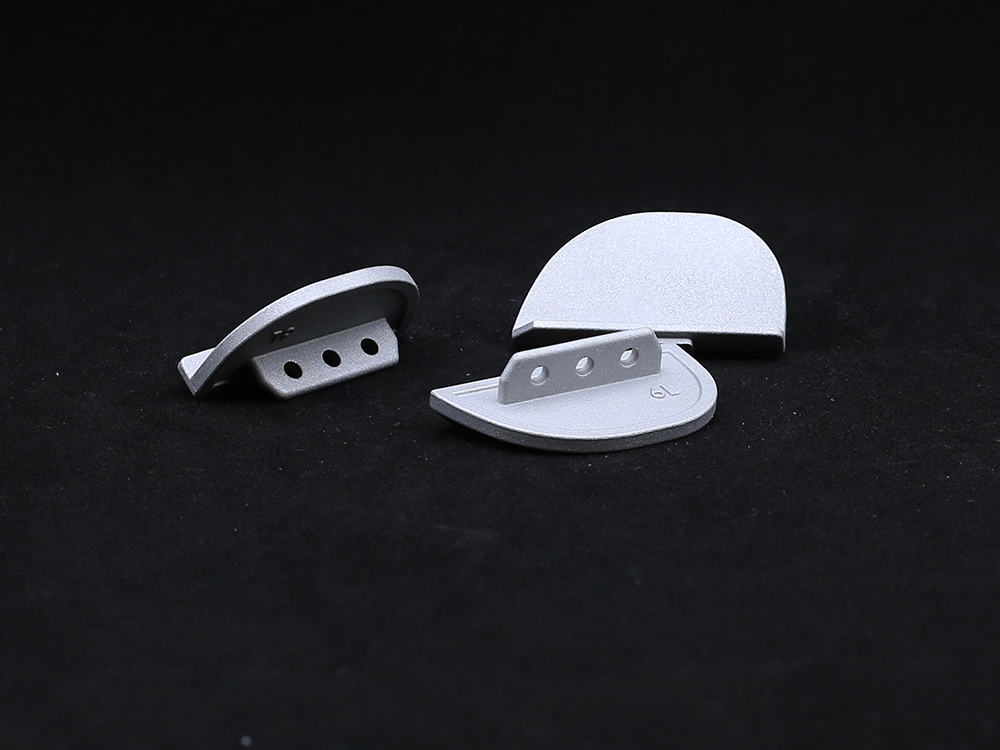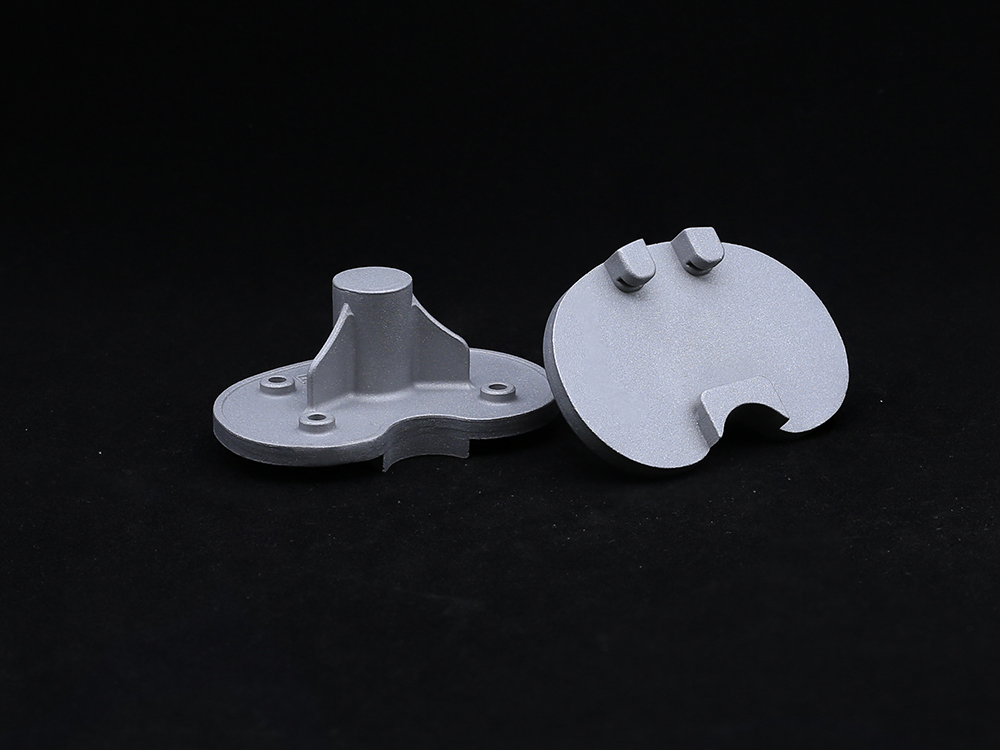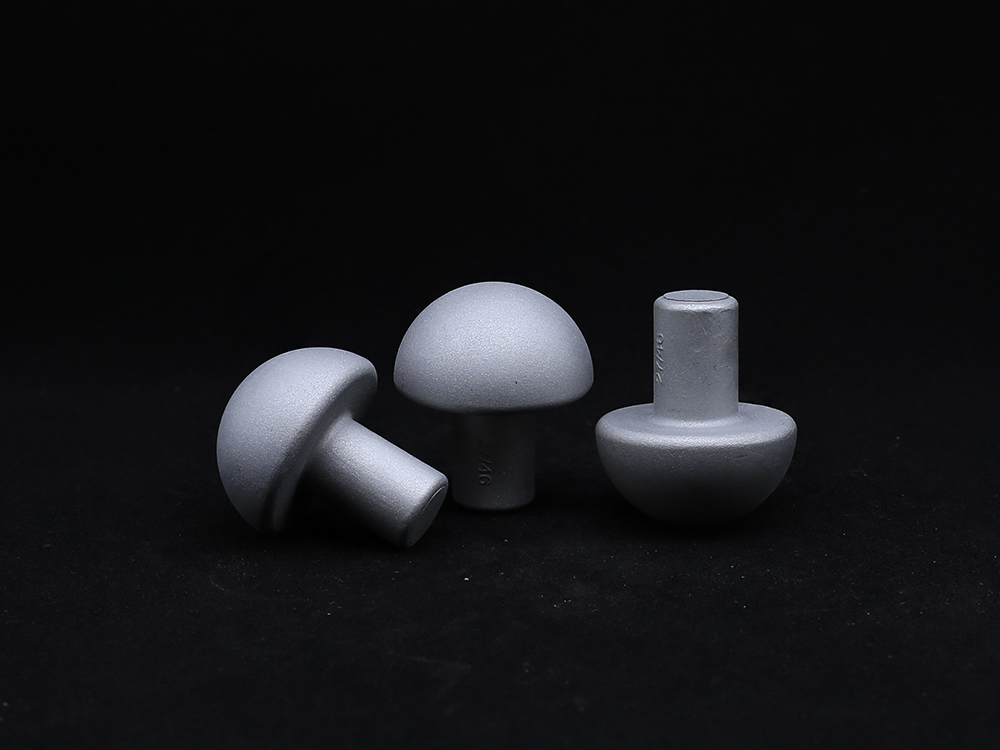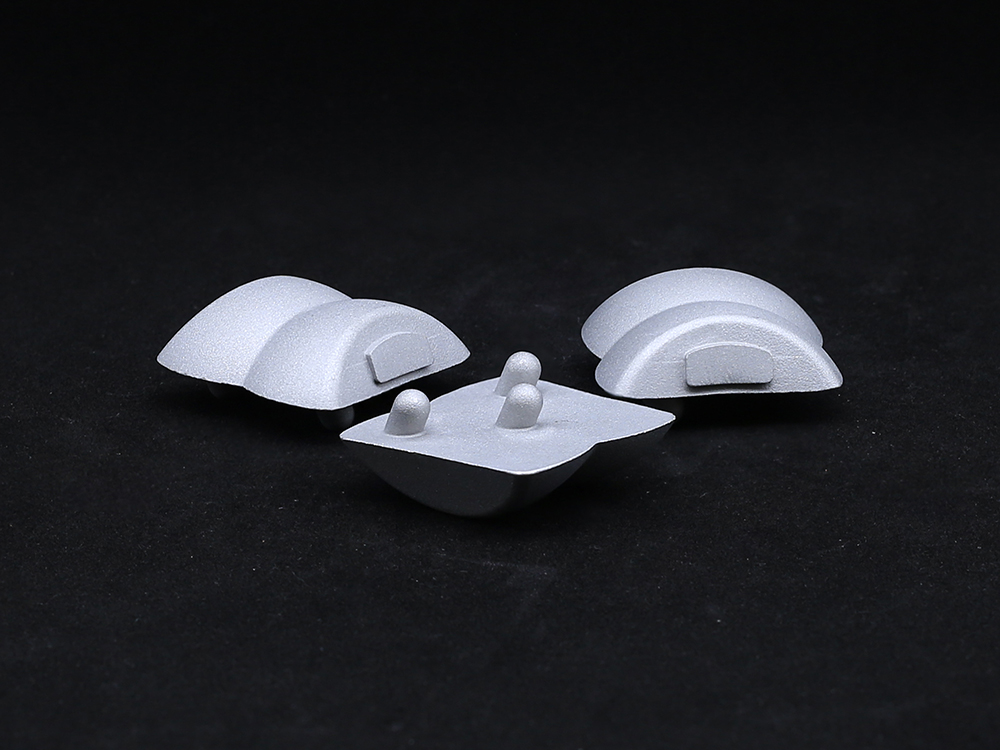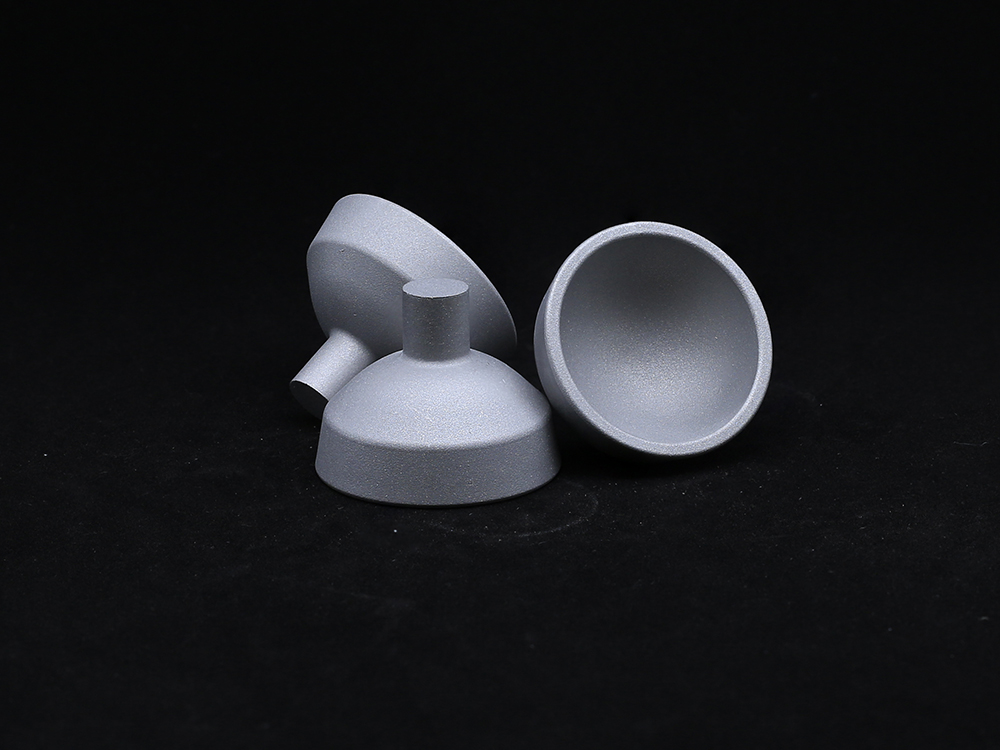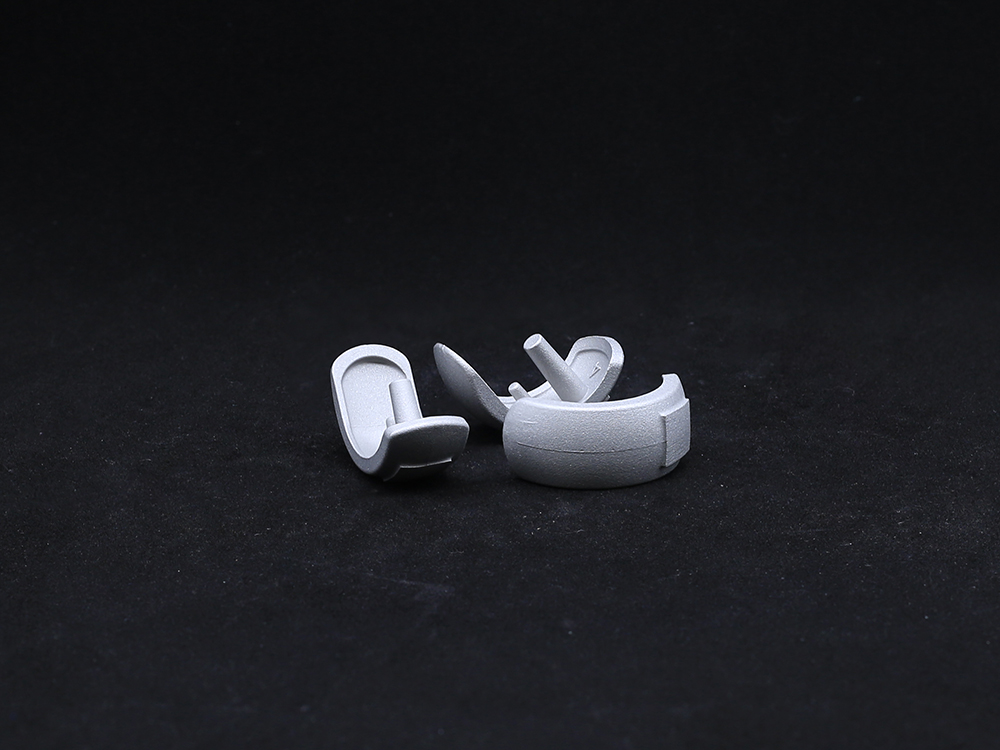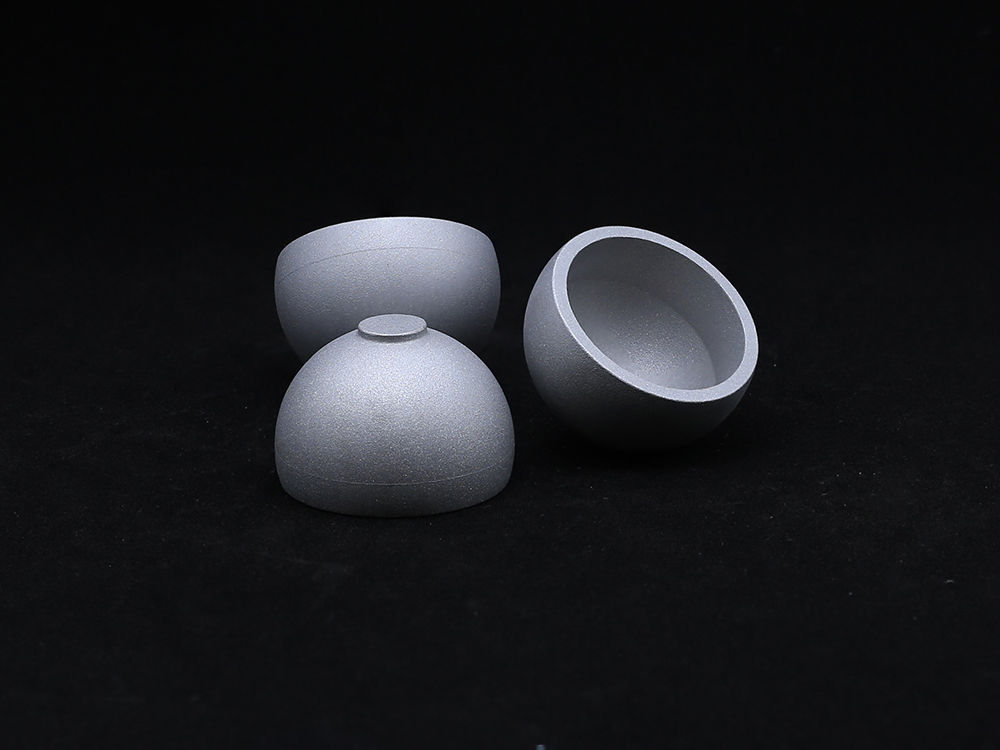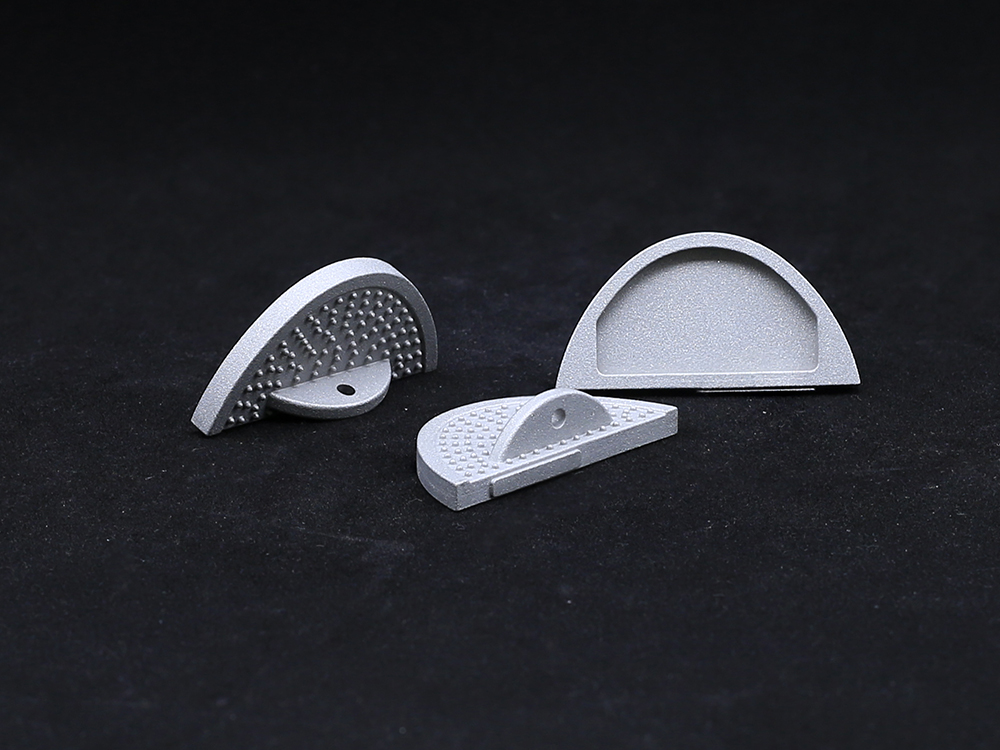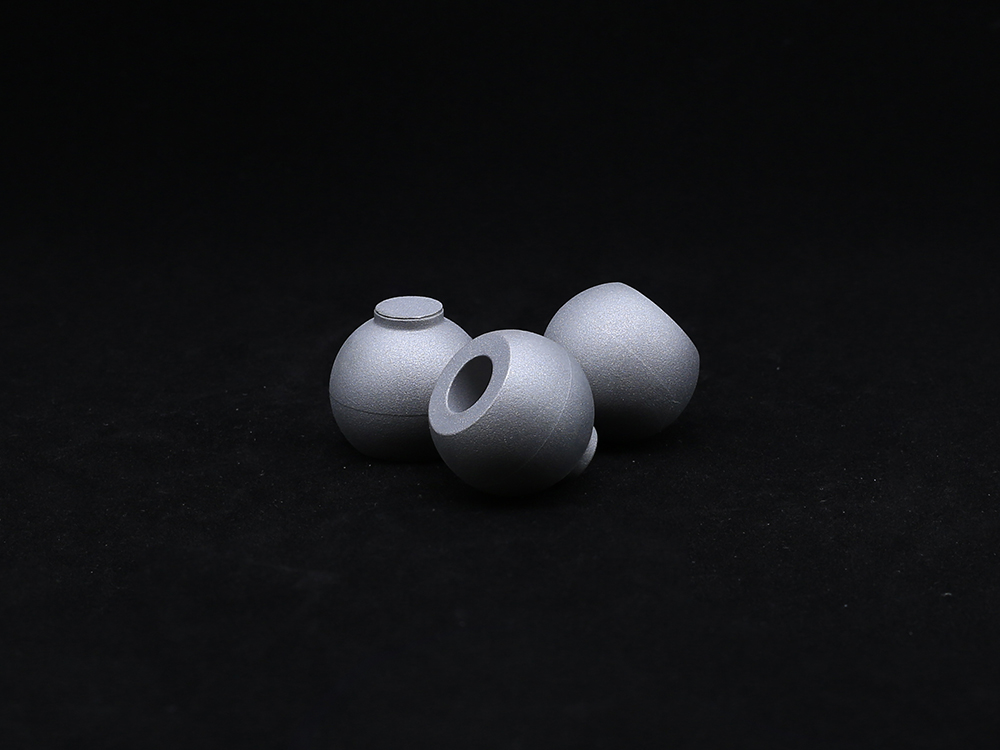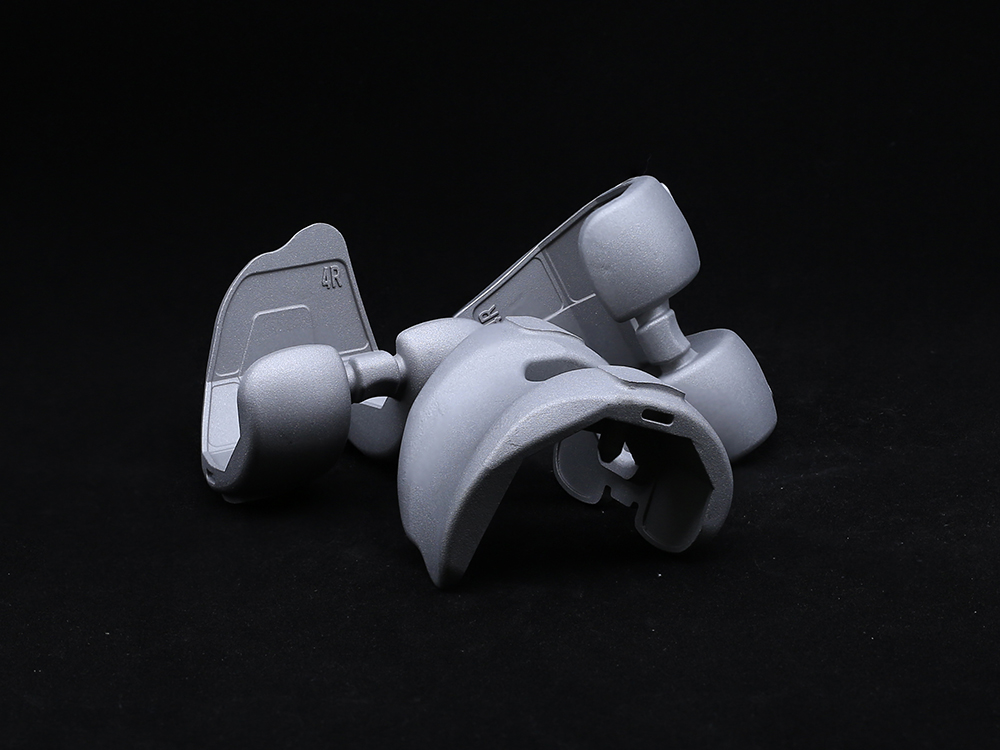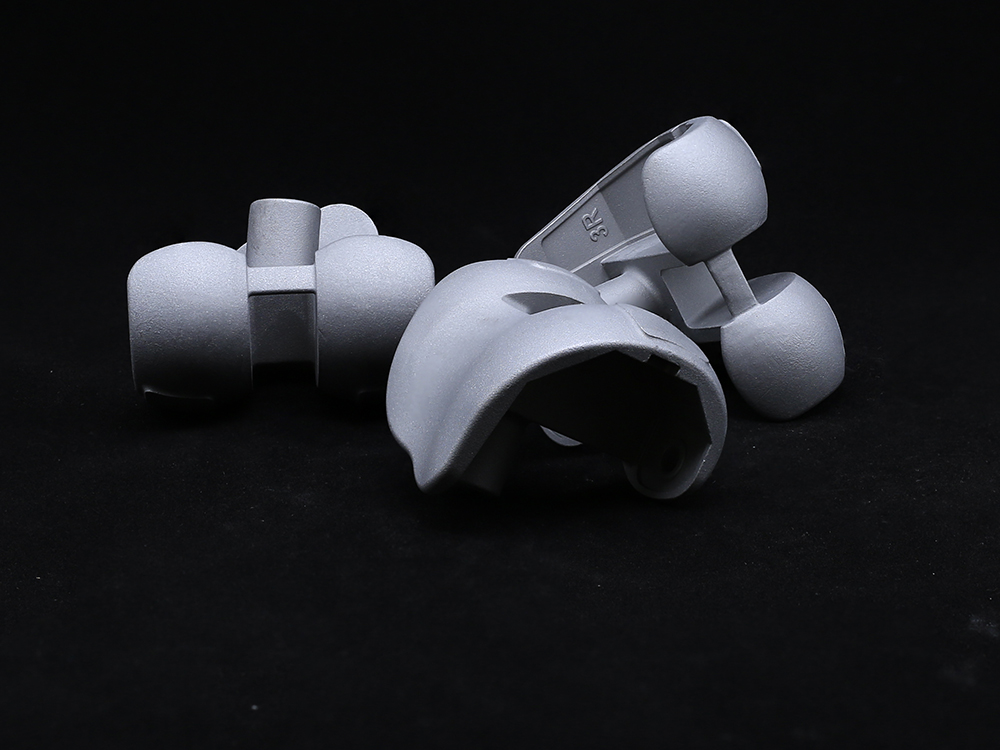Neck and Shoulder Heat Pad: A Thoughtful Assistant for Improving Shoulder Joint Dysfunction
For patients with shoulder joint dysfunction or degeneration, neck and shoulder pain and limited mobility often seriously affect their quality of life. The Neck And Shoulder Heat Pad, as a convenient and effective home care tool, provides a practical solution for relieving discomfort and improving joint function with its gentle thermal therapy effect.
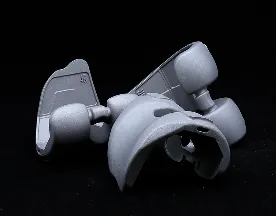
Design of Neck and Shoulder Heat Pad
The design of the infrared neck and shoulder heating pad fully conforms to the physiological curves of the human neck and shoulder. It usually uses soft fabric to wrap the heating layer, and the edges are equipped with adjustable Velcro or straps, which can stably fit the neck and shoulder area and ensure precise coverage of the hot compress area. The heating layer often uses far-infrared heating technology or graphene heating materials, with uniform heating and controllable temperature. It can be adjusted to a suitable range of 38-50 ℃ according to personal tolerance to avoid local overheating and burns. Some products are also equipped with a timer function, which facilitates safe use by patients during rest or activity.
The core of Neck and Shoulder Heat Pad improving shoulder joint function lies in the multiple effects of thermal therapy
Heat pad for neck and shoulder pain can promote blood circulation in the neck and shoulder area, accelerate local metabolism, help clear inflammatory factors, reduce inflammation reactions in joints and surrounding soft tissues, and alleviate pain and stiffness. Meanwhile, warm stimulation can relax tense muscles and ligaments, increase the flexibility of soft tissues, and expand the range of motion of the shoulder joint. Long term regular use can reduce muscle spasms, improve local nutrition supply, and delay the process of joint function decline caused by degeneration.
In real life, the Neck And Shoulder Heat Pad has a wide range of applications.
After waking up in the morning, patients often have difficulty moving due to joint stiffness at night. At this time, using a hot compress pad for 15-20 minutes can quickly relieve the stiffness and prepare for the day's activities. After maintaining a fixed posture for a long time, the neck and shoulder muscles are prone to tension and fatigue. Using a hot compress pad can relax the muscles in a timely manner and prevent the pain from worsening. For patients in the rehabilitation period, applying hot compress before joint function training can improve tissue extensibility, reduce discomfort during training, and enhance rehabilitation effectiveness.
Pay attention to scientific methods when using Neck And Shoulder Heat Pad
It is recommended to use the hinge joint shoulder for 15-30 minutes each time to avoid skin damage caused by prolonged continuous hot compress. The temperature regulation is based on the principle of "warm, comfortable, and not too hot", and elderly patients or those who feel sluggish can have their family members assist in monitoring the temperature. Caution should be exercised when using with skin damage, acute inflammation, or heat sensitivity, and it is best to do so under the guidance of a doctor. In addition, combining gentle neck and shoulder movements, such as slowly rotating the head, lifting the arms and drawing circles, can make the hot compress effect more significant.
In summary, the electric heating pad for shoulder provides a safe and convenient home care option for patients with shoulder joint dysfunction or degeneration through its mild thermal therapy effect. It can effectively relieve pain, reduce stiffness, improve joint mobility, help patients reduce discomfort in daily activities, and enhance their self-care ability. Reasonable use of this tool, combined with scientific rehabilitation training and lifestyle adjustments, can significantly improve the quality of life of patients, allowing them to obtain more comfort and convenience in the process of combating joint function degeneration.
Neck And Shoulder Heat Pad FAQs
What is the core mechanism of Neck and Shoulder Heat Pad?
The Neck And Shoulder Heat Pad promotes local blood circulation and relieves muscle spasms through far-infrared or constant temperature electric heating technology. Its thermal effect can reduce pain signal transmission, increase connective tissue extensibility, especially suitable for patients with shoulder periarthritis or cervical degenerative diseases, and can improve joint mobility by about 15% -20%. It is recommended to use 30 minutes daily in conjunction with rehabilitation training, which can significantly improve morning stiffness symptoms.
How to choose a Neck and Shoulder Heat Pad suitable for patients with shoulder joint degeneration?
Priority should be given to graphene or carbon fiber heating materials, which have uniform heating and strong permeability, and can directly reach deep muscles. The outer layer should be made of breathable pure cotton or modal fabric to avoid skin allergies caused by prolonged use. For patients with limited mobility, it is recommended to choose a magnetic suction design that can wrap around the shoulders 360 degrees, making it easy to wear with one hand.
What are the contraindications that must be noted when using Neck And Shoulder Heat Pad?
Patients with diabetes or sensory disorders should strictly control the temperature below 40 ℃ to avoid low-temperature burns. Hyperthermia should be avoided within 48 hours of acute soft tissue injury as it may worsen swelling. People with pacemakers should avoid electromagnetic products and it is recommended to choose a hot water bag type physical heating pad.
What are the unique advantages of Neck and Shoulder Heat Pad compared to traditional hot compress therapy?
The constant temperature control system can maintain stable heating for 6-8 hours, avoiding the trouble of frequent replacement of traditional hot towels. Modern products are often equipped with intelligent timing and three-level temperature control, which can accurately match the needs of different stages of the disease. Some models combine vibration massage function to simultaneously relax the trapezius and supraspinatus muscles, improving rehabilitation efficiency.
How to integrate Neck And Shoulder Heat Pad into the daily rehabilitation plan for individuals with shoulder joint dysfunction?
It is recommended to use 20 minutes in the morning to relieve stiffness caused by sleeping posture, and preheat for 15 minutes before joint range of motion training in the evening. Clinical studies have shown that performing pendulum exercises or wall climbing training immediately after hyperthermia can improve soft tissue elasticity by more than 30%. Pay attention to alternating use with cold compress. During acute pain, ice compress followed by heat therapy is more effective.
Get a Custom Solution!
Contact Us To Provide You With More Professional Services

